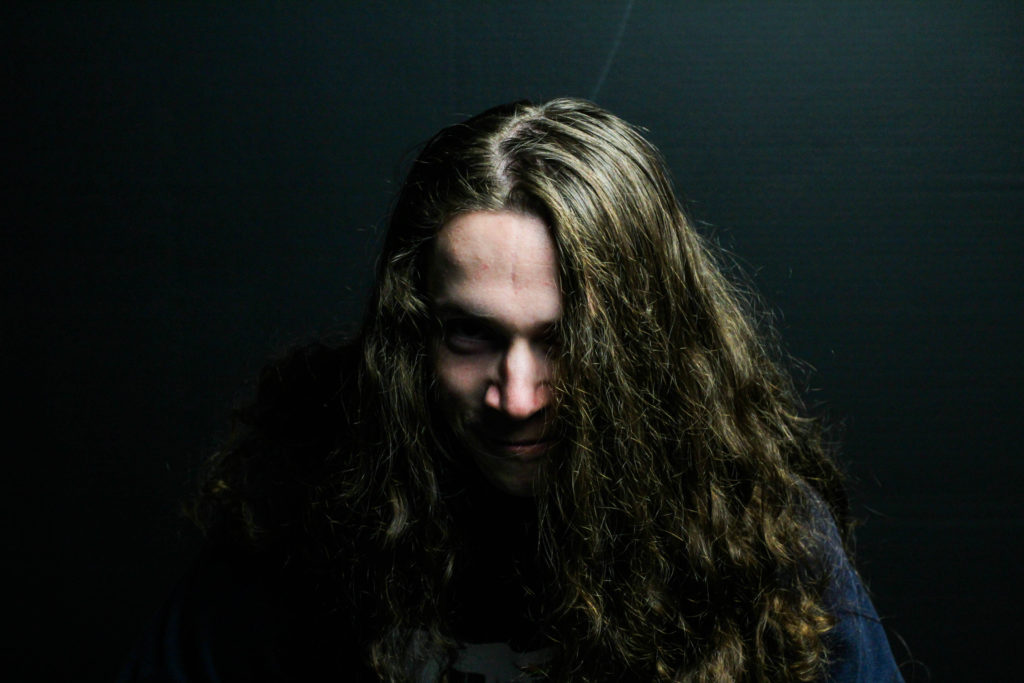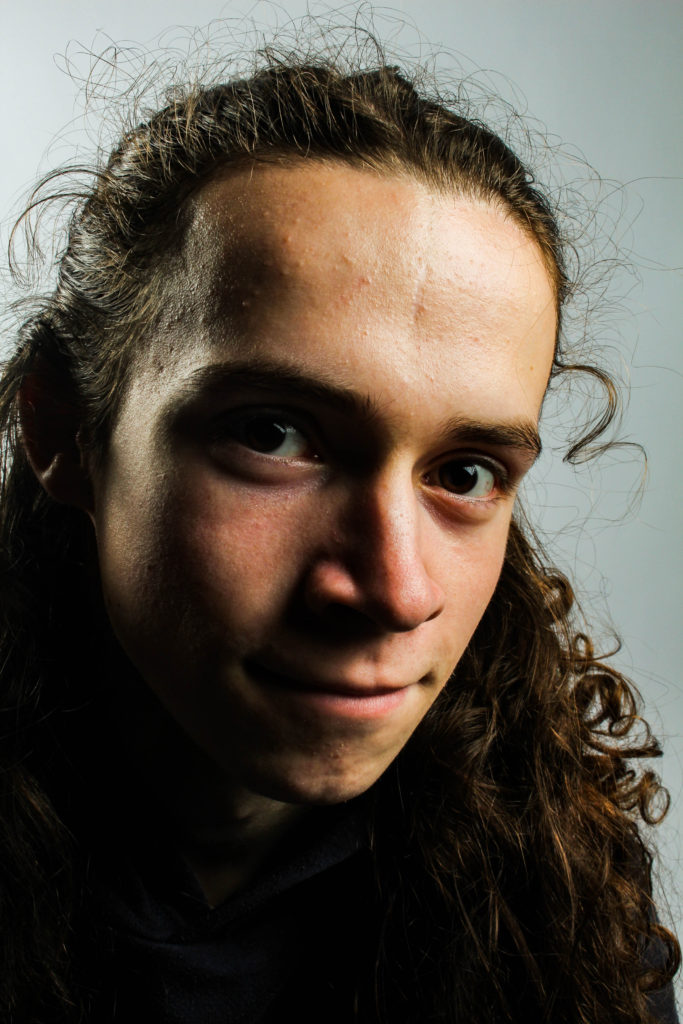Louis Daguerre France (18 November 1787 – 10 July 1851)

“Louis Daguerre, in full Louis-Jacques-Mandé Daguerre, (born November 18, 1787, Cormeilles, near Paris, France—died July 10, 1851, Bry-sur-Marne), French painter and physicist who invented the first practical process of photography, known as the daguerreotype.”
“The daguerreotype was the first commercially successful photographic process (1839-1860) in the history of photography. Named after the inventor, Louis Jacques Mandé Daguerre, each daguerreotype is a unique image on a silvered copper plate. … The daguerreotype is accurate, detailed and sharp.”
Henry William Fox-Talbot (1800 – 1877)
Fox Talbot went on to develop the three primary elements of photography: developing, fixing, and printing. He made the revolutionary discovery that images did not need extremely long exposure times to create a visible image. however when using short exposure times Fox-Talbot could not see the image therefore he discovered how to make the image visible using chemicals. He called this the ‘calotype’ and patented the process in 1841.

Lighting
There are many types of lighting in studio photography. some of these include: key light, Fill Light, Hair Light, Separation Light, Kicker, Background light, Camera Mounted Flash, Rembrandt Lighting, Loop Lighting, Butterfly Lighting.
My Studio Portraits

My best Images












